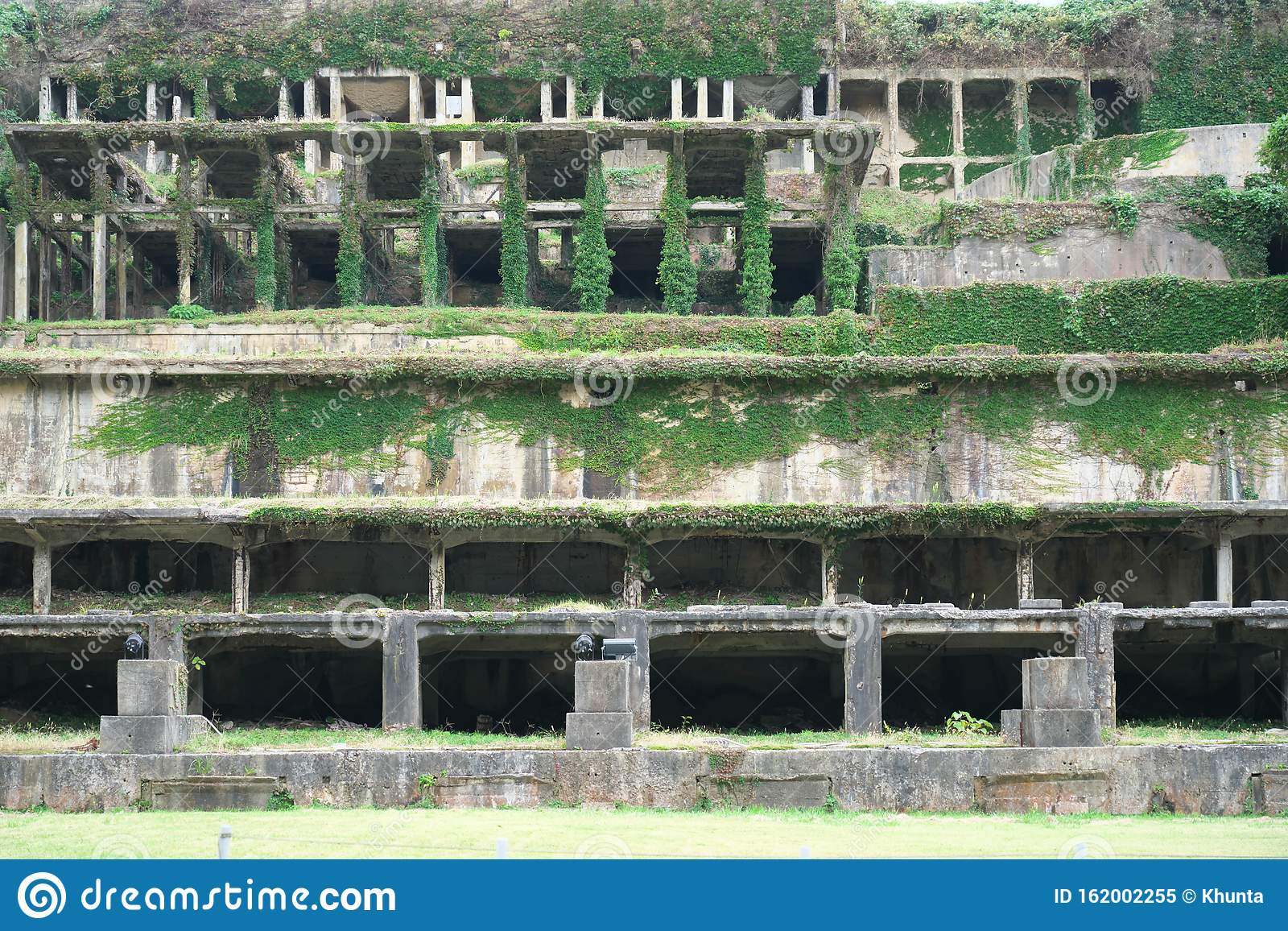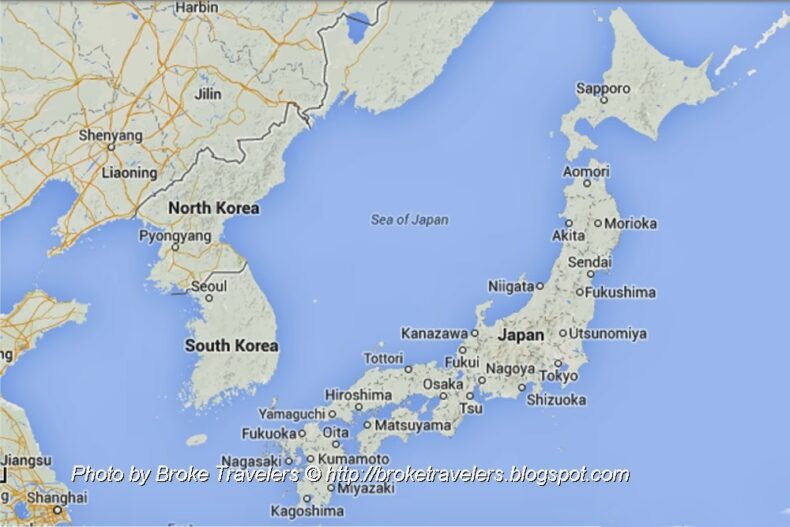Japan and South Korea: The two island countries have under their belt a list of issues one of which involves some ancient mines.

Source: Bing images
When Korea got divided, Japan and South Korea established diplomatic relations by 1965, after which Japan began considering the Korean government as the authority over the Korean Peninsula.
Both Japan and South Korea share a complex history with enormous records of infighting history. The Japanese have always had the burning desire to conquer the Korean peninsula which became possible only in 1910 when Korea was conquered and turned into a Japanese colony.
Japan subjugated the island and its people, like all other colonies, and introduced them to a judicial system, a legislature, and civil administration. To further, the Japanese loaded atrocities on Korean Nationalists who demanded Self Autonomy, the Koreans suffered from war crimes, imposed slavery, loss of idientity etc. The situation was quite similar between that of India and Britain.
But with the Japanese surrender in the Second World War the situation changed in favour of the Koreans who were emancipated as the aftermath to a war in which they suffered without purpose.
However, the disputes that have linger on can be traced back to the history of the two islands, when Japan was under a long drawn monarchical order and Korea under slavery.
The ancient mines in question are located on the Japanese island of Sado. On the island there are a network of gold and silver mines that can be traced under the split-top mountain. It is believed that these mines have been in operation since the 12th century and were functional uptil the second World War.
As suggested by the Japanese records, all the mining was done manually by hand and is considered as a heritage by Tokyo. It is for this reason that Japan has been pushing for registering these three mines of Sado into the UNESCO World Heritage List. The Japanese revere their long history and indigenous mining technique.
It is considered by the people of Sado that their heritage is synonymous to that of these mines. When Ryo Usmai, who works in the Sado city’s World Heritage Promotion section, was asked about the mines, Usami said that Sado’s history is founded on the history of the mines. They are interwoven and hence form an integral part of the Japanese heritage.
To quote Ryo, “Many people migrated to Sado to mine gold and silver. They came from Japan, brought their local cultures, and mined using manual techniques. That’s why they aim to register this period of history as World Heritage.”
Known for their rich culture and indegenous inclinations, Japan is pressing on the matter of the three sites comprising, the Nishimikawa gold mine, the Tsurushi silver mine, and the Aikawa gold and silver mines, to get recognised under the The United Nations Educational, Scientific and Cultural Organisation, colloquially known as UNESCO.
As per the records, these sites were of utmost importance for the Japanese between 1603 and 1867.
However, their raised banners face strong winds of criticism from their once friendly neighbours, South Korea. Seoul is of the belief that Japan’s bid fails to take into consideration the conscripted Korean labourers who worked day in and day out during the Second World War, when Japan had subjugated the Korean Peninsula.
Seoul and Tokyo have locked horns over a number of other issues including, the latter being accused of pressuring women to work in wartime brothels for the Japanese military and using forced labour, among other abuses.
The World Heritage Sites consist of various areas and objects inscribed under the United Nations Educational, Scientific and Cultural Organisation as the sites that are of “outstanding value to the world”. Moreover, the designation of a destination as a World Heritage Site means increased footfall as tourism gains impetus because the site becomes internationally important.
The push from Tokyo is justified whereas the ask of Seoul is also significant. It would be better for both the countries to draw a compromise instead of dragging a world which is edging towards the ocean of extremism, the ripples of which will shake the beliefs of the so-called “modern world.”













